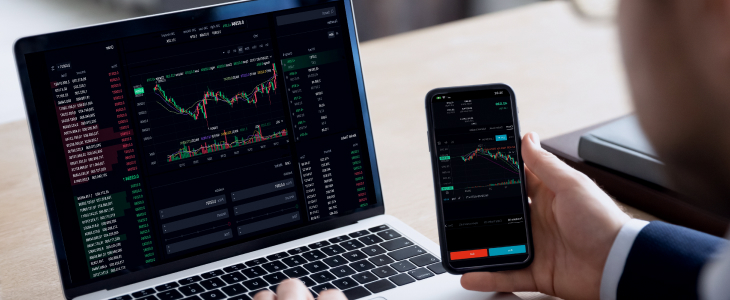
Forex trading systems are essential tools for anyone looking to succeed in the foreign exchange market. By employing these structured methodologies, traders can analyze market trends, identify potential trading opportunities, and make informed decisions. Many traders rely on platforms like forex trading systems fxtrading-broker.com to gain insights and access robust systems that facilitate their trading experiences.
Understanding Forex Trading Systems
Forex trading systems are frameworks designed to guide traders through the complexities of the currency markets. These systems can be automated or manual, depending on the trader’s preference and skill set. They consist of rules and guidelines that dictate when to enter or exit trades, how much to invest, and how to manage risk. A successful trading system combines technical analysis, fundamental analysis, and market sentiment to predict future price movements.
The Importance of Trading Systems
Having a well-defined trading system allows traders to minimize emotional decision-making, which can often lead to poor outcomes. By adhering to the rules set out in a trading system, traders can maintain a disciplined approach, focusing on their strategy rather than reacting impulsively to market movements. Additionally, trading systems can help in back-testing strategies to evaluate their effectiveness over various market conditions, providing confidence before risking real capital.
Key Components of a Forex Trading System
- Entry and Exit Points: Clear signals for when to buy or sell a currency pair are crucial. This can be determined through technical indicators like moving averages, MACD, or RSI.
- Risk Management: Effective systems incorporate risk management strategies to protect capital, such as setting stop-loss orders and diversifying positions.
- Money Management: Strategies for managing how much capital to risk on individual trades help in maintaining overall profitability.
- Time Frame: Different trading systems may operate on various time frames, from scalping to swing trading to long-term investments.
Types of Forex Trading Systems
There are several types of trading systems that traders can employ, each suited for different styles and preferences. Here are some of the most common:
1. Trend Following Systems
Trend following systems aim to capitalize on the momentum of an asset’s price movement. Traders using these systems look for trends in price charts, which can last from minutes to months. Indicators such as moving averages and the Average Directional Index (ADX) are often employed.
2. Range Trading Systems
Range trading systems operate on the premise that price movements will often stay within set ranges for a period of time. Traders look for overbought or oversold conditions to exploit these areas, using support and resistance levels to guide their trades.

3. Breakout Systems
Breakout systems focus on identifying key levels where the price is likely to break through, leading to significant movements. Traders often set buy orders just above resistance points or sell orders just below support points, capitalizing on volatility.
4. Algorithmic Trading Systems
Algorithmic trading systems use mathematical models and algorithms to execute trades based on pre-defined criteria. These systems can process vast amounts of data and make trades in milliseconds, making them suitable for high-frequency trading strategies.
Developing Your Own Trading System
Creating a personal trading system can be a rewarding endeavor. Here are steps to guide you through the process:
- Research: Understand various trading strategies and forex market dynamics. Study existing systems to see what works for you.
- Define Your Strategy: Determine whether you want to follow trends, trade ranges, or use another method. Establish your entry and exit criteria.
- Incorporate Risk Management: Decide the percentage of your capital to risk on each trade and set appropriate stop-loss and take-profit levels.
- Back-Test Your System: Run your system against historical data to see how it would have performed. This step can provide valuable insights into its effectiveness.
- Refine Your System: Don’t hesitate to tweak your system based on testing results. Continuous improvement is key in trading.
- Practice on a Demo Account: Before trading with real money, practice your system on a demo account to build confidence.
Evaluating Your Trading System
Once you have developed and implemented a trading system, it’s essential to track and evaluate its performance regularly. Key performance indicators (KPIs) to consider include:
- Win Rate: Percentage of winning trades versus total trades.
- Risk-Reward Ratio: Measure of potential profit against potential loss on trades.
- Profit Factor: The ratio of gross profit to gross loss, helping to assess the overall profitability.
- Maximum Drawdown: The largest drop from a peak to a trough in the account balance, an important metric for understanding risk.
Conclusion
Forex trading systems play a pivotal role in the success of traders in the foreign exchange market. The right system can enhance decision-making, reduce emotional trading, and increase the potential for consistent profitability. Whether you choose to develop your own system or utilize existing strategies, understanding the fundamentals of Forex trading and remaining disciplined are key to achieving your trading goals. As you navigate your trading journey, remember to continuously learn, adapt, and refine your strategies to stay ahead in the dynamic forex landscape.





